Friction Performance of Rubber Sealing Disc Inside Pipe Robots for the Production of High-Paraffin Oil
Abstract
:1. Introduction
1.1. Literature Review
1.2. Debris Material Removal Ratio for the Pipe Robot Operations
2. Materials and Experiment Methods
2.1. Soft Lubrication Testing Rig
2.2. Preparation of Gel Deposits and Experimental Methods
3. Experimental Results
3.1. Rubbing Contact between PU Seals and the Steel Pipe
3.2. Dewaxing Process during Pure Sliding Contact
3.3. Wax Scraping of Paraffin Deposits by Adding 25 wt% Solid Wax
3.4. Wax Pigging of Deposit Only Adding 5 wt% Solid Paraffin Wax
4. Discussion
4.1. Effect of Contact Ratio at Soft Interface
4.2. Effect of DRR at the Rubber Discs
4.3. Effect of Gel-Breaking Forces at the In-Pipe Robots
={π·dpipe·η·τ(C0)}·(δwl)l = K·(δwl)l
5. Conclusions
- The friction testing results showed that under room temperature conditions and a loading of 12 N, the gel deposition removal between elastomer rubber and steel pipes is determined by the evolution of gel-breaking instability. Moreover, based on this study, it seems that the scraping velocities do not have an essential effect on the debris material removal ratio. However, the pigging velocity of pipe robots has a determining effect on the economic costs of pipelines, and the probability of wax slugs being formed is increased.
- It is found that the pipe robot with softer rubber seals showed a better synergistic effect with the dewaxing process. However, the reliability of the wax removal becomes increasingly difficult with time as the hardness and the strength of waxy oil gel depositions become too high. This investigation may be helpful to choose the high-reliability rubber seals and develop an intelligent pigging scheme for in-pipe robots.
- Soft interfacial behavior at wax–oil gel environments was confirmed to play an important role in the tribo-failure of elastomer discs. These findings observed in this study are useful for better understanding the friction behavior of pipe robots and how the blockage accident phenomenon of rubber seals forms in the soft contact region at the in-pipe robots.
Author Contributions
Funding
Data Availability Statement
Conflicts of Interest
References
- Yao, B.C.; He, Z.C.; Lu, N.; Zhang, S.M. A novel PIG and an intelligent pigging scheme based on deep-learning technology. Int. J. Pres. Ves. Pip. 2022, 200, 104803. [Google Scholar] [CrossRef]
- Mohd, Z.A.R.; Mohd, F.M.Y.; Sheikh, A.Z.S.S.; Mamat, N.; Putra, S.M.S.M.; Roslan, S.A. Modeling of the in-pipe inspection robot: A comprehensive review. Ocean Eng. 2020, 203, 107206. [Google Scholar]
- Kahnamouei, J.T.; Moallem, M. A comprehensive review of in-pipe robots. Ocean Eng. 2023, 277, 114260. [Google Scholar] [CrossRef]
- Amit, S.; Hamad, K. Application of robotics in offshore oil and gas industry-A review, Part II. Robot. Auton. Syst. 2016, 75, 508–524. [Google Scholar]
- Yang, C.J.; Liu, S.Y.; Su, H.; Zhang, L.N.; Xia, Q.C.; Chen, Y.H. Review of underwater adsorptive-operating robots: Design and application. Ocean Eng. 2024, 294, 116794. [Google Scholar] [CrossRef]
- Tang, C.; Du, B.Y.; Jiang, S.W.; Shao, Q.; Dong, X.G.; Liu, X.J.; Zhao, H.C. A pipeline inspection robot for navigating tubular environments in the sub-centimeter scale. Sci. Robot. 2022, 7, eabm8597. [Google Scholar] [CrossRef] [PubMed]
- Chen, J.H.; Luo, X.M.; Zhang, H.L.; He, L.M.; Chen, J.P.; Shi, K.Y. Experimental study on movement characteristics of bypass PIG. J. Nat. Gas Sci. Eng. 2018, 59, 212–223. [Google Scholar] [CrossRef]
- Lai, Z.; Xu, J.; Bowen, C.R.; Zhou, S. Self-powered and self-sensing devices based on human motion. Joule 2022, 6, 1501–1565. [Google Scholar] [CrossRef]
- Zhang, H.; Gao, M.Q.; Tang, B.; Cui, C.; Xu, X.F. Dynamic characteristics of the pipeline inspection gauge under girth weld excitation in submarine pipeline. Petrol. Sci. 2022, 19, 774–788. [Google Scholar] [CrossRef]
- Zhang, H.; Dong, J.H.; Cui, C.; Liu, S.H. Stress and strain analysis of spherical sealing cups of fluid-driven pipeline robot in dented oil and gas pipeline. Eng. Fail. Anal. 2020, 108, 104294. [Google Scholar] [CrossRef]
- Zhang, H.; Zhang, S.M.; Liu, S.H. Chatter vibration phenomenon of pipeline inspection gauges (PIGs) in natural gas pipeline. J. Nat. Gas Sci. Eng. 2015, 27, 1129–1140. [Google Scholar] [CrossRef]
- Chen, Z.; Qiu, X.; Yang, L. Deformation and stress analysis of cup on pipeline inspection gauge based on reverse measurement. Energy Sci. Eng. 2022, 10, 2509–2526. [Google Scholar] [CrossRef]
- Zhang, X.; Huang, Q.Y.; Zhang, Y.; Wang, K.; Chen, W.; Wang, Y.J.; Liu, Y.M.; Zhang, D.X.; Chen, C.H. Continuous flow of fractured wax deposits in subsea pipelines. Non-Newton. Fluid Mech. 2023, 311, 104967. [Google Scholar] [CrossRef]
- Zhang, X.; Huang, Q.Y.; Chen, W.; Zhang, Y.; Gao, X.D.; Liu, Y.M.; Wang, Y.J. Field pigging modeling for predicting wax breaking force and wax removal efficiency of disk PIG. SPE J. 2022, 7, 3864–3883. [Google Scholar] [CrossRef]
- Gong, J.; Zhang, Y.; Liao, L.; Duan, J.; Wang, P.; Zhou, J. Wax deposition in the oil/gas two-phase flow for a horizontal pipe. Energy Fuels 2011, 25, 1624–1632. [Google Scholar] [CrossRef]
- Dong, J.H.; Zhang, H.; Liu, S.H. 3D-printed bio-inspired sealing disc of pipeline inspection gauges (PIGs) in small diameter pipeline. J. Nat. Gas Sci. Eng. 2019, 61, 344–356. [Google Scholar] [CrossRef]
- Fan, K.F.; Si, L.; Li, W.D. Experimental study on the wax deposit properties in the crude oil pipeline: Crystal morphology, yield stress. Petro. Sci. Technol. 2022, 40, 2737–2754. [Google Scholar] [CrossRef]
- Scaraggi, M.; Angerhausen, J.; Dorogin, L.; Murrenhoff, H.; Persson, B.N.J. Influence of anisotropic surface roughness on lubricated rubber friction: Extended theory and an application to hydraulic seals. Wear 2018, 410–411, 43–62. [Google Scholar] [CrossRef]
- Tan, G.B.; Liu, S.H.; Wang, D.G.; Zhang, S.W. Tribological behaviors of wax-in-oil gel deposition in orthogonal cleaning process. Tribol. Lett. 2015, 57, 16. [Google Scholar] [CrossRef]
- Wang, Q.; Sarica, C.; Volk, M. An experimental study on wax removal in pipes with oil flow. J. Energy Resour. Technol. 2008, 130, 130–134. [Google Scholar] [CrossRef]
- Tan, G.B.; Huang, X.; Gao, J.X.; Zhang, Y.K.; Tian, Y.C. Analysis of in-situ testing technology and equipment for the large deformation frictional contact with compliant elastomer. Tribology 2022, 42, 187–201. [Google Scholar]
- Bai, C.Y.; Zhang, J.J. Effect of carbon number distribution of wax on theyield stress of waxy oil gels. Eng. Chem. Res. 2013, 52, 2732–2739. [Google Scholar] [CrossRef]
- Bai, C.Y.; Zhang, J.J. Thermal, macroscopic, and microscopic characteristics of wax deposits in field pipelines. Energy Fuels 2013, 27, 752–759. [Google Scholar] [CrossRef]
- Sahli, R.; Pallares, G.; Papangelo, A.; Ciavarella, M.; Ducottet, C.; Ponthus, N.; Scheibert, J. Shear-induced anisotropy in rough elastomer contact. Phys. Rev. Lett. 2019, 122, 214301. [Google Scholar] [CrossRef] [PubMed]
- Liang, X.M.; Xing, Y.Z.; Li, L.T.; Yan, D.; Wang, G.F. An experimental study on the relation between friction force and real contact area. Sci. Rep. 2021, 11, 20366. [Google Scholar] [CrossRef] [PubMed]
- Caprino, G.; Nele, L.; Santo, L. Effect of tool wear on cutting forces in the orthogonal cutting of unidirectional glass fibre-reinforced plastics. Appl. Sci. Manuf. 1996, 27, 409–415. [Google Scholar] [CrossRef]
- Zhu, X.X.; Wang, W.; Zhang, S.M.; Liu, S.H. Experimental research on the frictional resistance of fluid-driven pipeline robot with small size in gas pipeline. Tribol. Lett. 2017, 65, 47. [Google Scholar] [CrossRef]
- Scaraggi, M.; Dorogin, L.; Angerhausen, J.; Persson, B.N.J. Elastohydrodynamics for soft solids with surface roughness: Transient effects. Tribol. Lett. 2017, 65, 95. [Google Scholar] [CrossRef]
- Zhou, Z.Y.; Zhang, K.; Zhou, Q.; Qin, K.; Ling, X.; Sun, W.H.; Yuan, T.X. In-situ observation of particles invasion behavior into the sealing interface under vibration. Measurement 2023, 214, 112811. [Google Scholar] [CrossRef]
- Li, W.D.; Huang, Q.Y.; Wang, W.D.; Dong, X.; Gao, X.; Hou, L. Estimating the wax breaking force and wax removal efficiency of cup PIG using orthogonal cutting and slip-line field theory. Fuel 2019, 236, 1529–1539. [Google Scholar] [CrossRef]
- Zhang, H.; Zhang, S.M.; Liu, S.H.; Wang, Y. Collisional vibration of PIGs (pipeline inspection gauges) passing through girth welds in pipelines. J. Nat. Gas Sci. Eng. 2017, 37, 15–28. [Google Scholar] [CrossRef]
- Liu, S.J.N.; Liu, S.H.; Xiao, H.P. Optimization of structural parameters of jet end in the underwater intelligent pigging robot. Ocean Eng. 2020, 216, 108092. [Google Scholar] [CrossRef]
- Chang, L.; Cao, Y.G.; Chen, J.Z.; Dai, C.L.; He, R.Y.; Zhou, Z.G. The blockage risk in the elbow of the Bi-directional pig used for submarine pipeline based on the modified Burgers-Frenkel (MB-F) model. Ocean Eng. 2023, 268, 113508. [Google Scholar] [CrossRef]


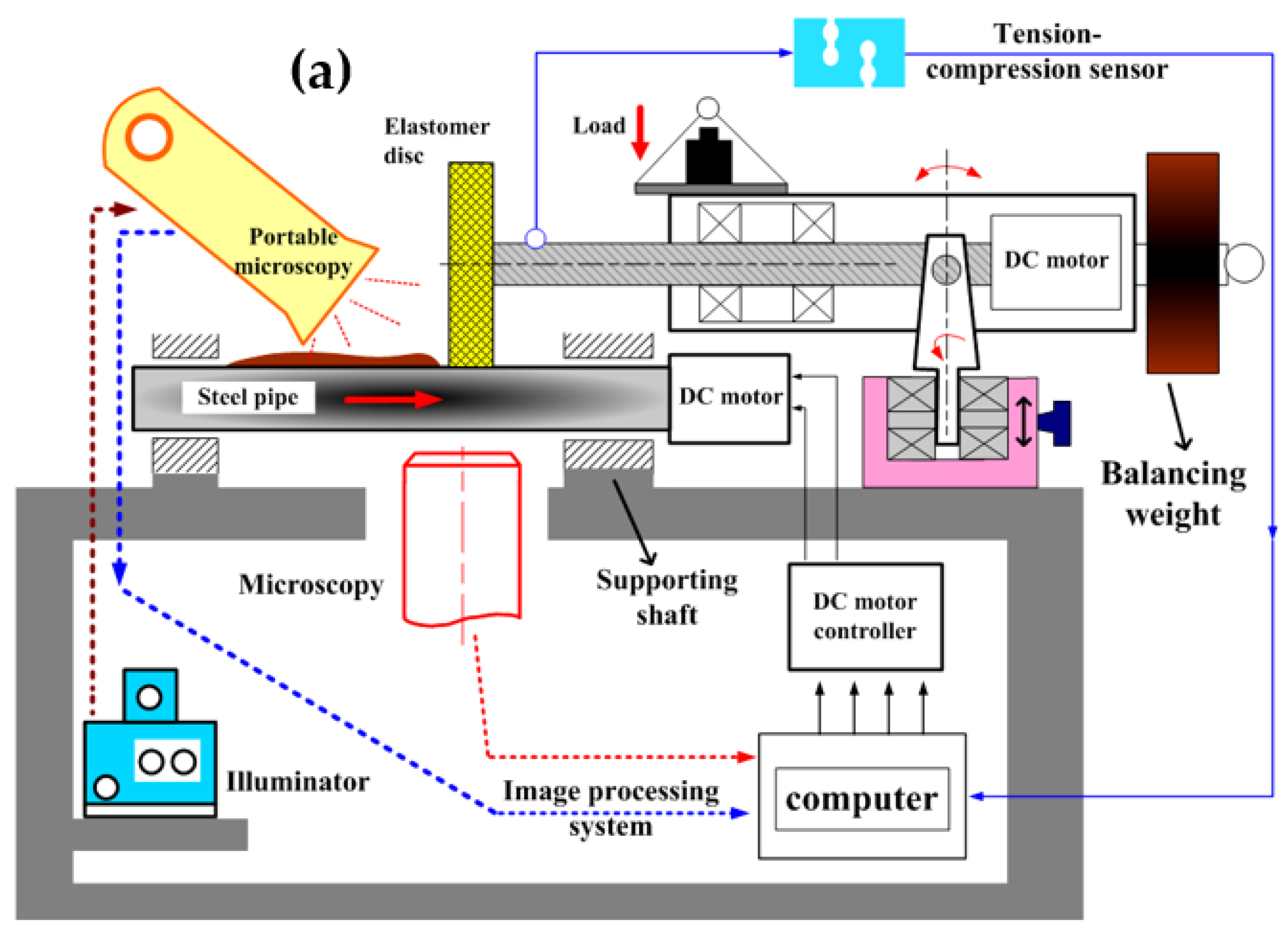

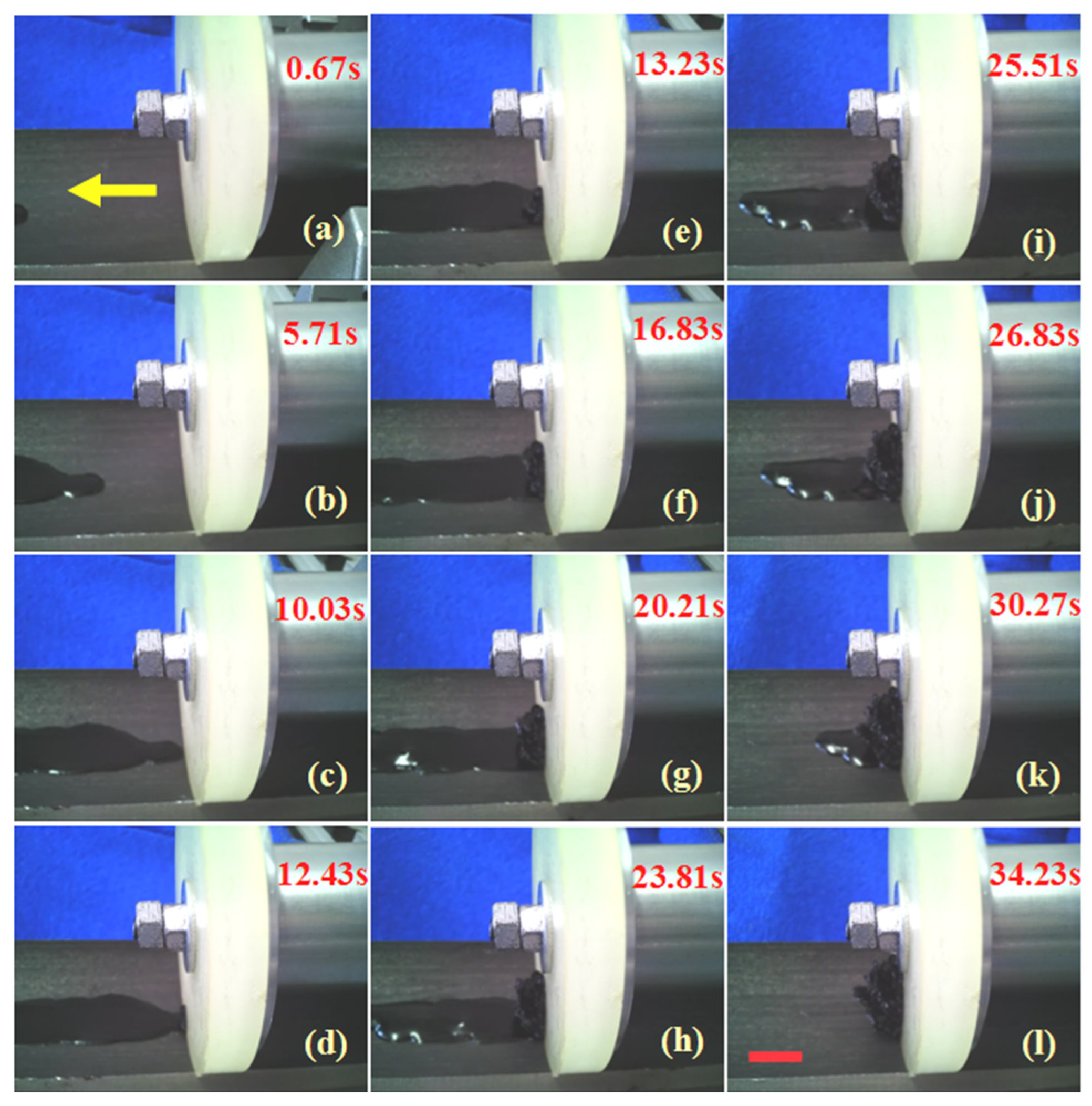
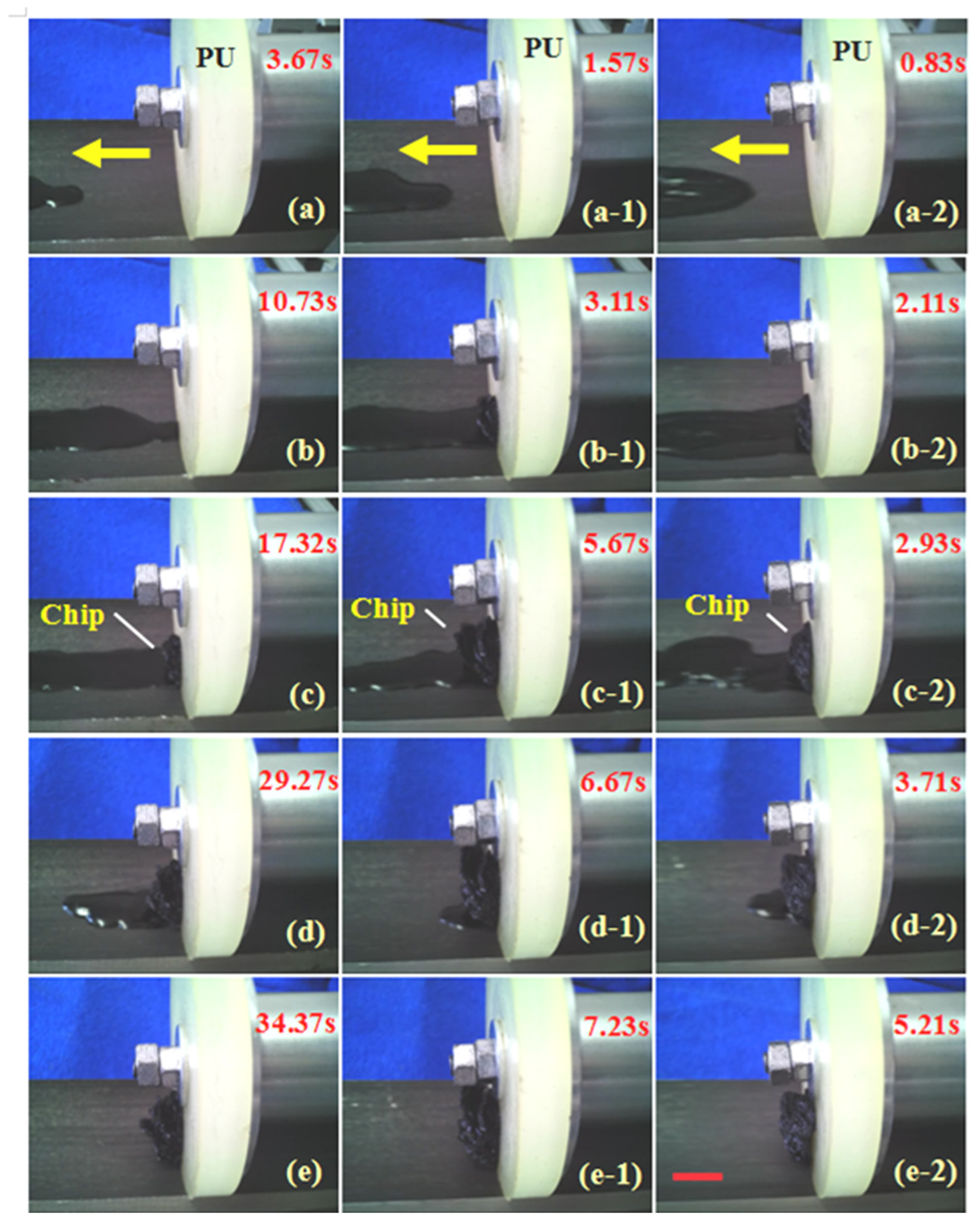
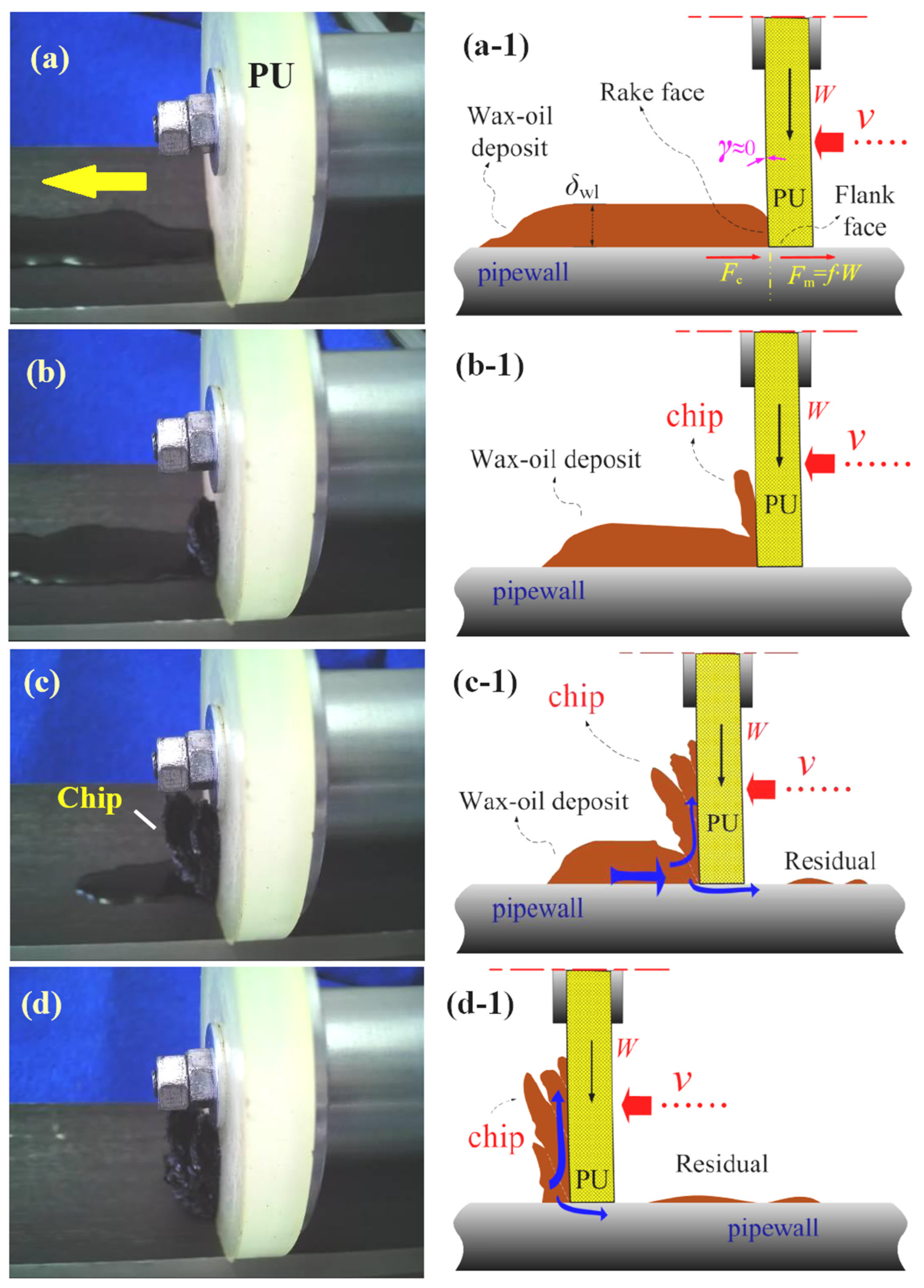
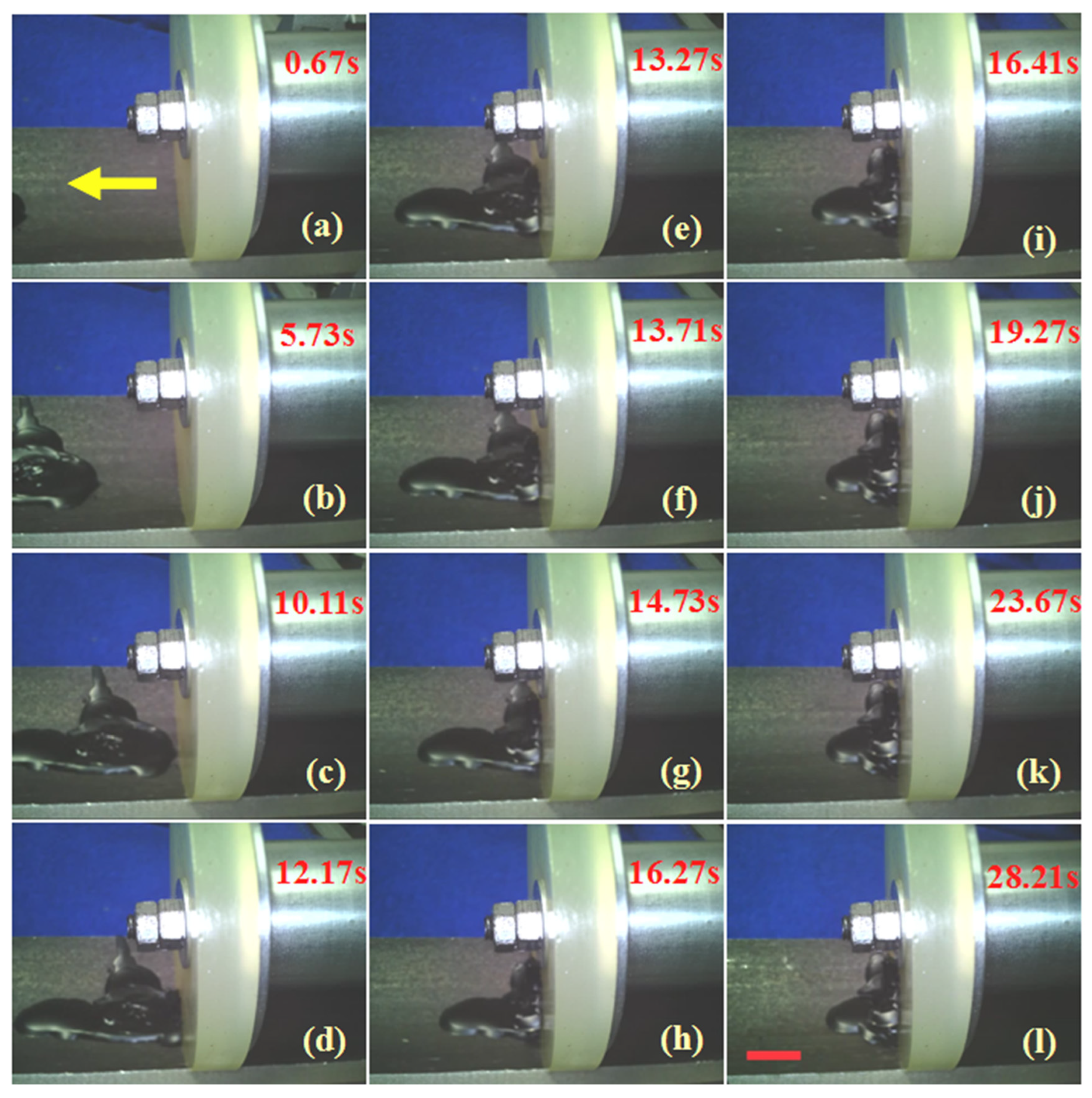

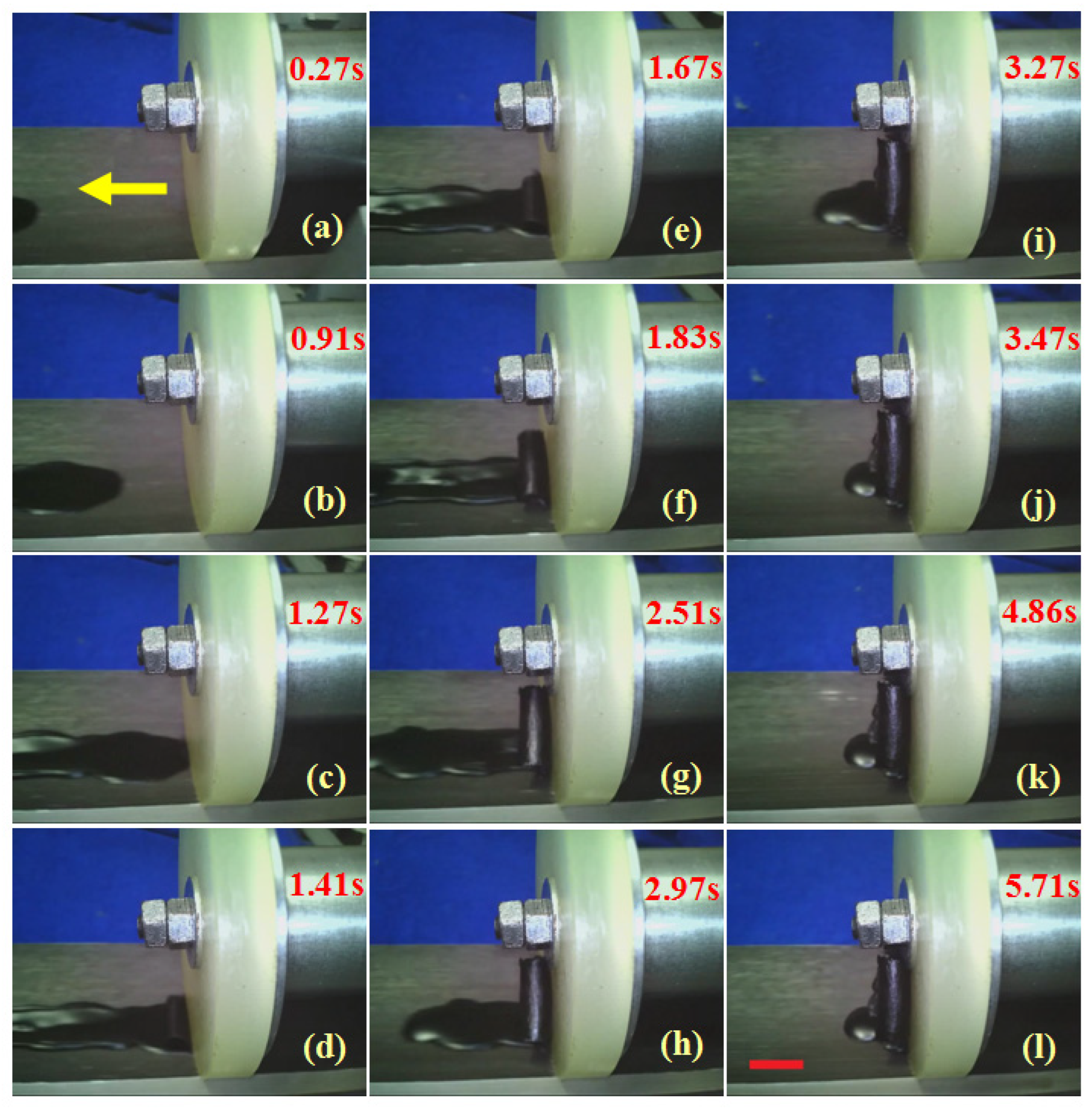

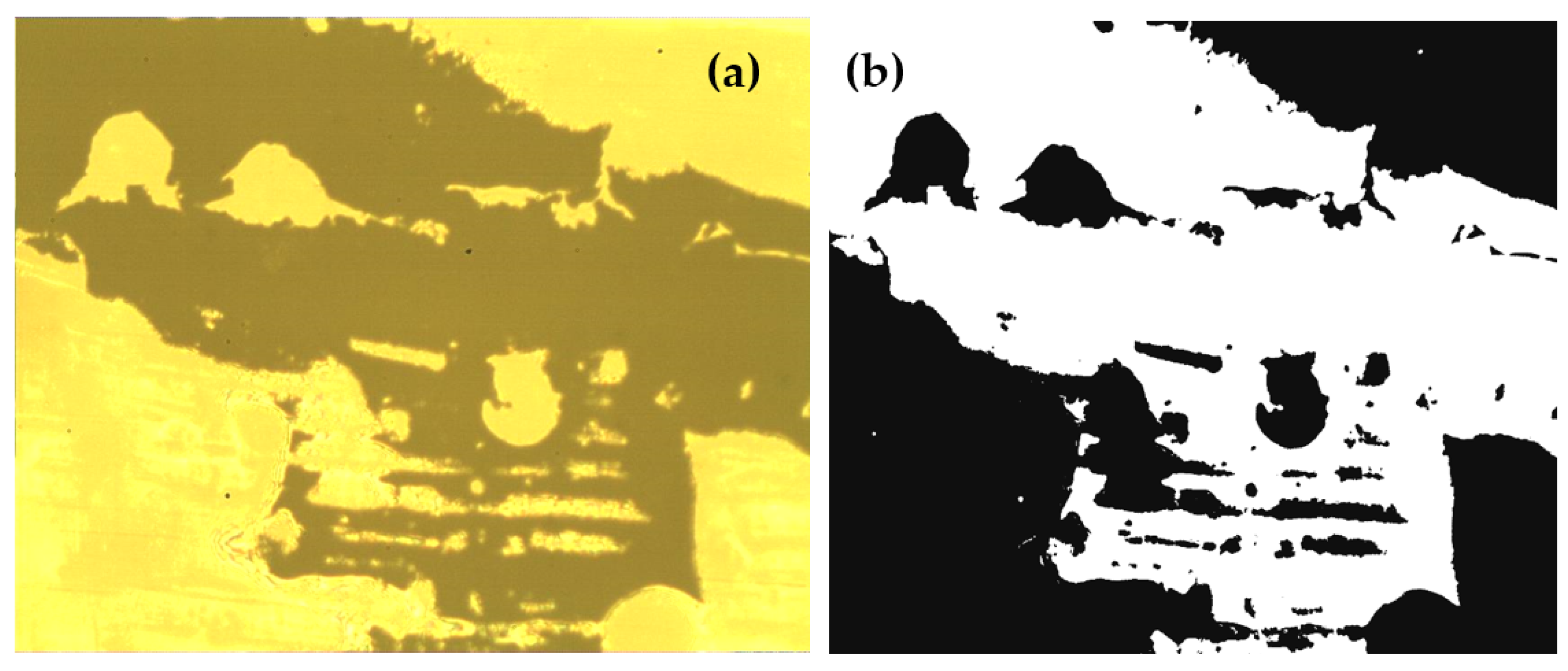
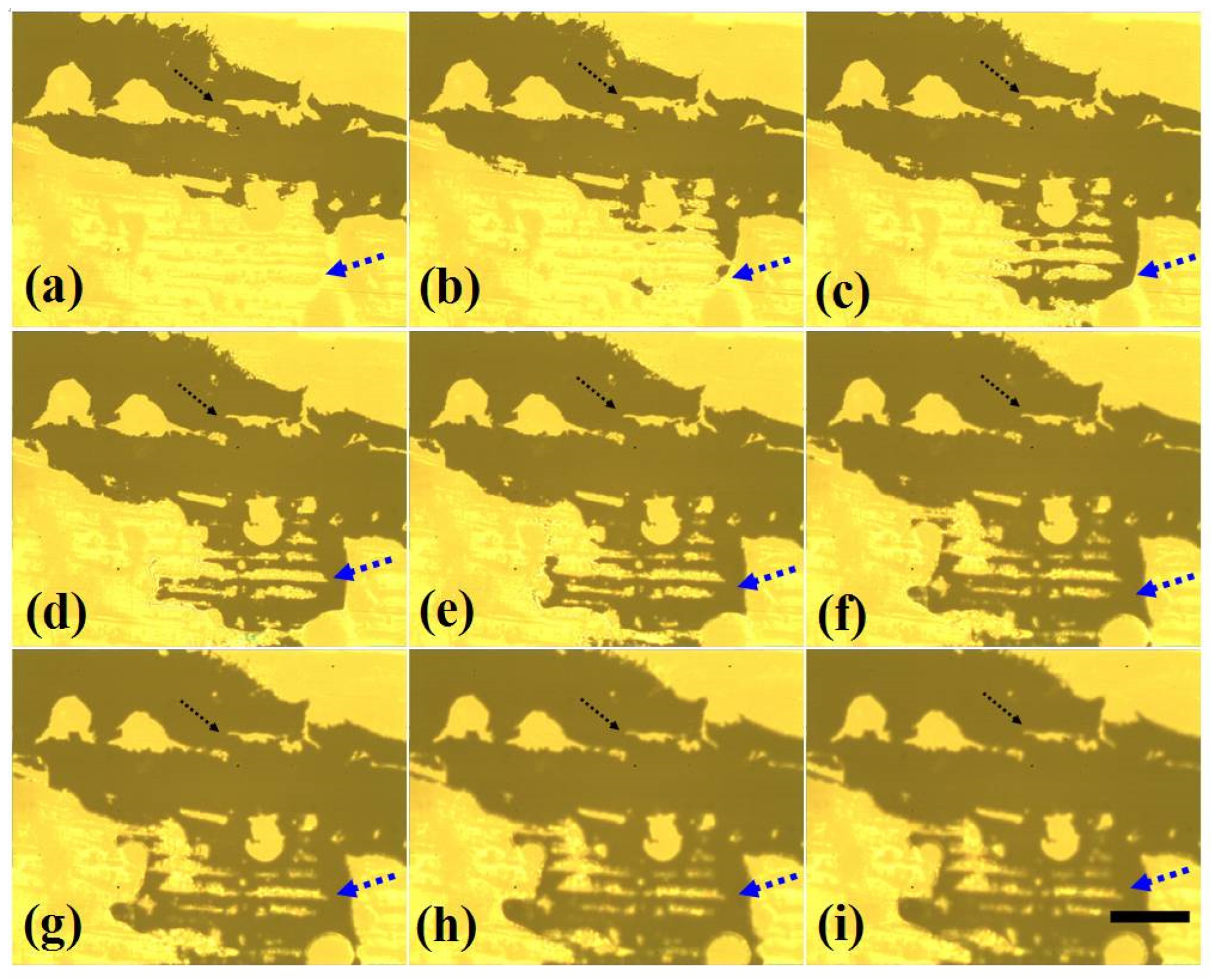

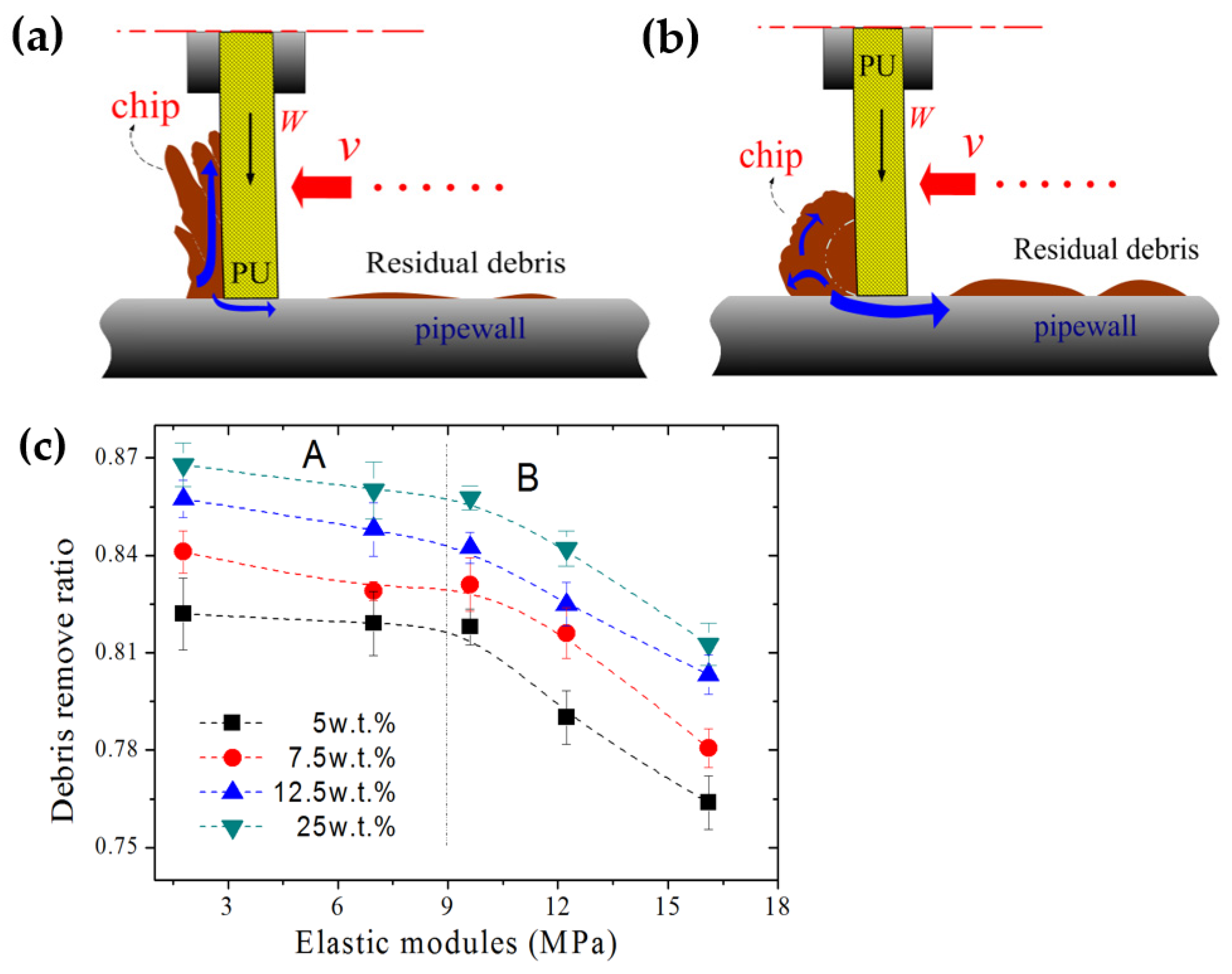
Disclaimer/Publisher’s Note: The statements, opinions and data contained in all publications are solely those of the individual author(s) and contributor(s) and not of MDPI and/or the editor(s). MDPI and/or the editor(s) disclaim responsibility for any injury to people or property resulting from any ideas, methods, instructions or products referred to in the content. |
© 2024 by the authors. Licensee MDPI, Basel, Switzerland. This article is an open access article distributed under the terms and conditions of the Creative Commons Attribution (CC BY) license (https://creativecommons.org/licenses/by/4.0/).
Share and Cite
Tan, G.; Luo, Z.; Ji, Y.; Huang, X. Friction Performance of Rubber Sealing Disc Inside Pipe Robots for the Production of High-Paraffin Oil. Lubricants 2024, 12, 102. https://doi.org/10.3390/lubricants12030102
Tan G, Luo Z, Ji Y, Huang X. Friction Performance of Rubber Sealing Disc Inside Pipe Robots for the Production of High-Paraffin Oil. Lubricants. 2024; 12(3):102. https://doi.org/10.3390/lubricants12030102
Chicago/Turabian StyleTan, Guibin, Ziwei Luo, Yifan Ji, and Xing Huang. 2024. "Friction Performance of Rubber Sealing Disc Inside Pipe Robots for the Production of High-Paraffin Oil" Lubricants 12, no. 3: 102. https://doi.org/10.3390/lubricants12030102




